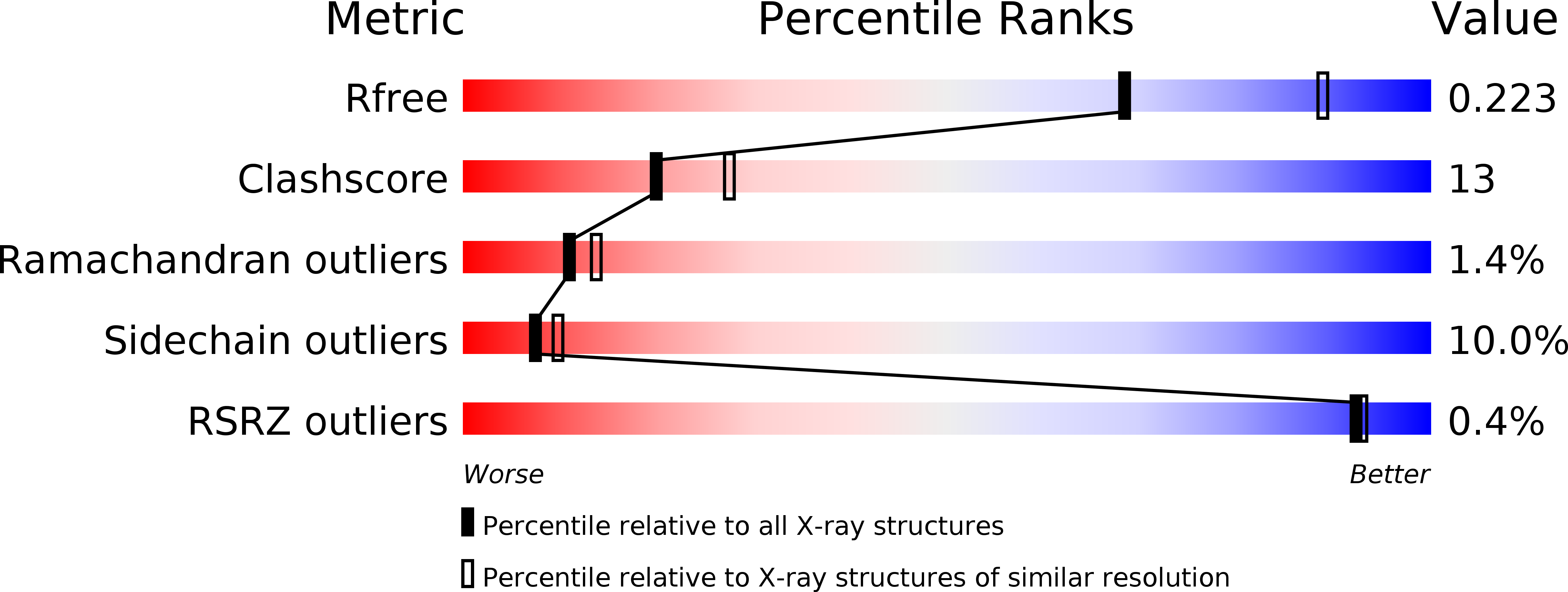
Deposition Date
2012-06-15
Release Date
2012-08-22
Last Version Date
2024-11-27
Entry Detail
PDB ID:
4FM4
Keywords:
Title:
Wild Type Fe-type Nitrile Hydratase from Comamonas testosteroni Ni1
Biological Source:
Source Organism:
Comamonas testosteroni (Taxon ID: 285)
Host Organism:
Method Details:
Experimental Method:
Resolution:
2.38 Å
R-Value Free:
0.22
R-Value Work:
0.18
R-Value Observed:
0.19
Space Group:
P 31


